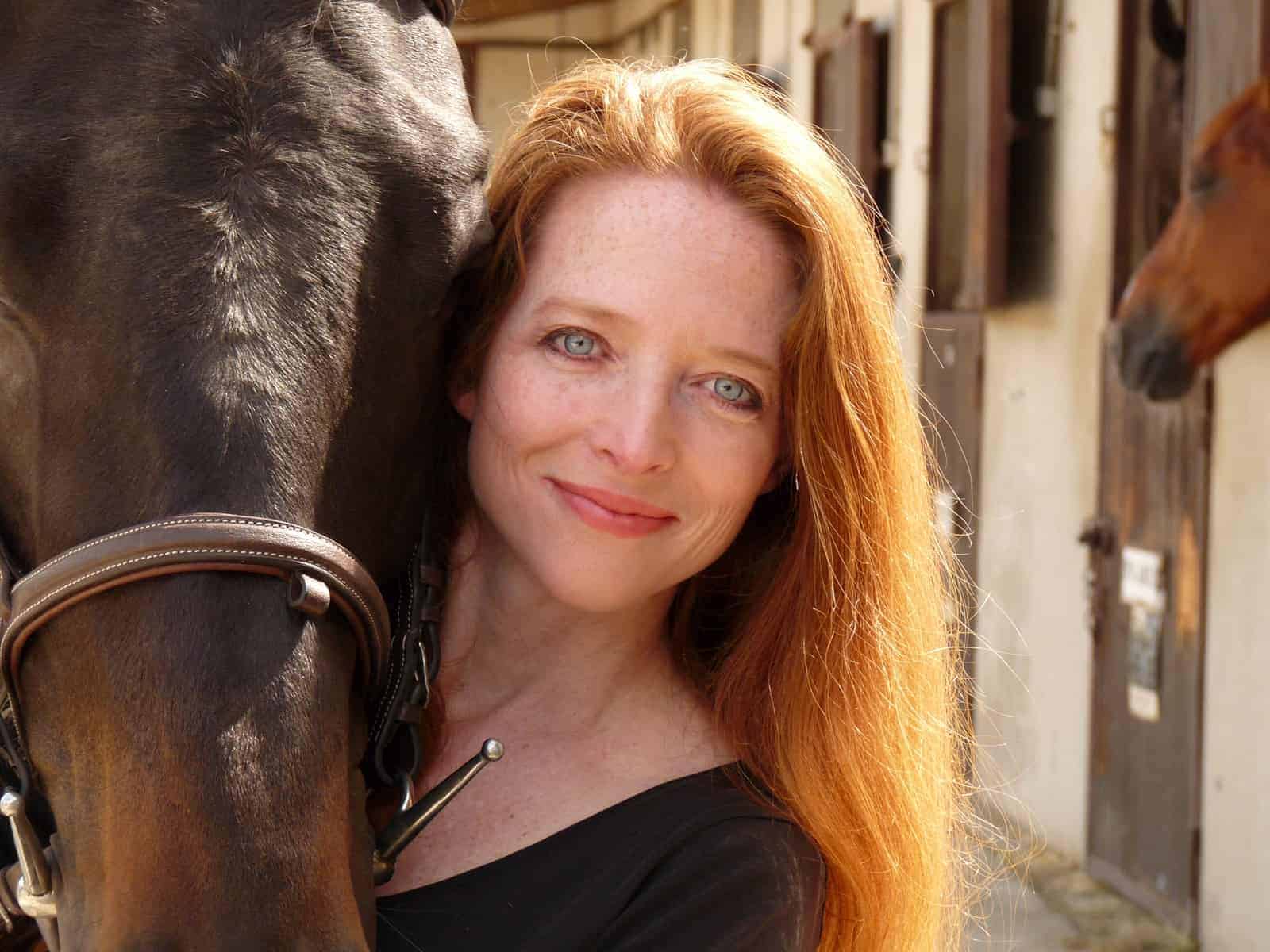Is It My Horse, or Is It Me?

Urraca knows what she’s doing. The champion Lusitano dressage horse responds quickly and expertly to the precise cues of her rider and trainer, Barbara Clément Klinger of Boissière Ecole, France. A shift of the hip here, a lift of the reins there, and touch of the spur, and the massive gray mare reacts with lightness and—dare we say it?—willingness. They exhibit a partnership that blurs the line between horse and rider as two separate beings.
Now, enter Christa. Yes, me. It’s my turn to ride the Iberian horse. This won’t be so hard. I’ve been studying and writing about and practicing learning theory on horses for years. I can ride a fancy Lusitano dressage horse, right?
But I swing my leg over Urraca, and that striking unison of rider and horse is gone. I’m definitely a rider who’s sitting on a horse and trying to communicate clearly and subtly … and not getting very far. Urraca’s confused; I’m frustrated. The ride is a real workout and, frankly, it’s not very fun for either of us. It’s awfully tempting to just drop the reins and my head and say, “She’s not listening!” or “She doesn’t want to work for me!” or even, “She’s just trying to see what she can get away with
Create a free account with TheHorse.com to view this content.
TheHorse.com is home to thousands of free articles about horse health care. In order to access some of our exclusive free content, you must be signed into TheHorse.com.
Start your free account today!
Already have an account?
and continue reading.

Written by:
Christa Lesté-Lasserre, MA
Related Articles
Stay on top of the most recent Horse Health news with















